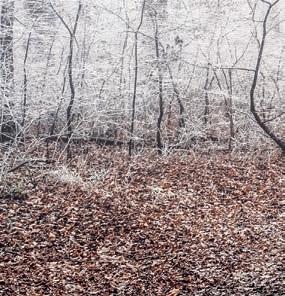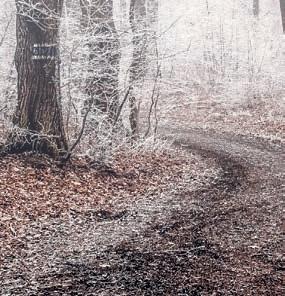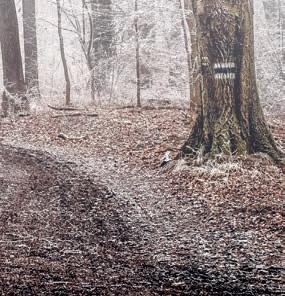
5 minute read
Devon Folklore
Pixies It was once believed that another race of beings lived alongside humans in Torbay. Kevin Dixon tells the story. of Torbay
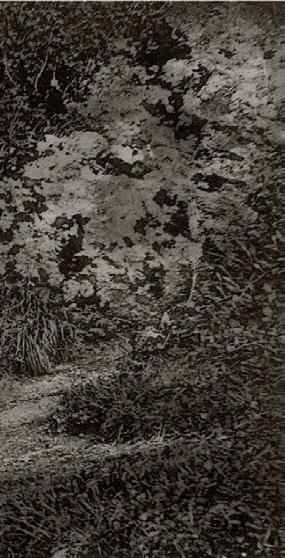
Advertisement
The Pixies of Torbay were a little people who have long gone, either extinct or have been forced far away to Dartmoor, shrunk in size, learned to evade our gaze, or hidden below ground. We still remember them, however, in our dreams, but we have rendered them harmless.
If they are still out there, they ed far from the reach of steam trains and gas lamps, but their presence can still be glimpsed in stories passed orally from generation to generation dating back hundreds or even thousands of years. First of all, we must understand the setting. Medieval and early modern Torbay was a collection of rural communities, consisting of small populations with folk beliefs coexisting with an understanding of Christianity. And the night was often seen as an unfriendly place haunted by non-human entities, some malevolent and some willing to help.
Out there in the dark and in the hills was this enduring myth of the pixie. ough narratives of our little people are now concentrated in the moors of Devon and Cornwall, before the mid-nineteenth century both Pixies and Fairies were taken very seriously with books on peasant beliefs featuring many incidents and sightings. Places were named after them, such as Chudleigh’s Pixie’s Cave. According to John Britton’s ‘ e Beauties of England and Wales’ (1803), the caves are said, “In the traditions of the peasantry to be inhabited by Pixies, or Pisgies, a race of supernatural beings, invisibly small”.
ere were numerous local tales of mysterious, magical ‘little people’ living in the woods who would kidnap babies, cast spells, prevent cows from giving milk, chickens from laying eggs, and infertility in couples. Even in our Bay, some stories lingered, such as that of a dog lost in Kent’s Cavern nally emerging having lost all his fur to the grasping hands of those subterranean dwellers. Indeed, we needed protection from these, often malevolent, creatures. As it was believed that these primitive people feared the metal weapons of their more sophisticated human enemies, we hung iron implements such as horseshoes over our front doors.
But were Pixies just a gment of our imagination, or could they be a half-remembered glimpse of a lost people? Intriguingly, there was a migration into Britain around 4,400 years ago. e DNA data suggests that these new arrivals from Europe led to an almost complete replacement of Britain’s earlier inhabitants - the Neolithic communities who were responsible for megalithic monuments such as the Churston Chamber Tomb.
e DNA also shows that these incoming Beaker folk were physically di erent to the population they replaced, who had olive-brown skin, dark hair and brown eyes. In comparison, the Beaker folk brought lighter skin, blue eyes and blonde hair.
One theory is that our supernatural folk evolved from memories of this lost prehistoric race. For instance, in folklore, Palaeolithic int arrowheads were attributed as ‘elfshot’.
But why were Devon and Cornwall the areas where
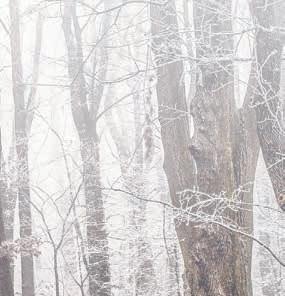
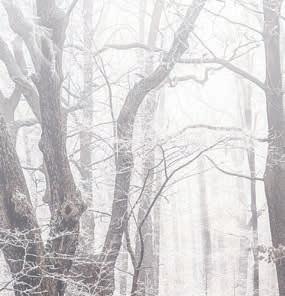


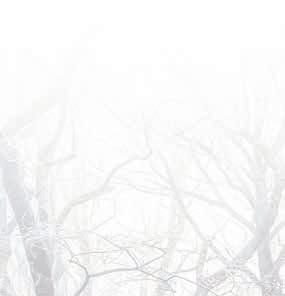

It may then be signi cant that Pixies and Fairies were never considered to be the same species by our ancestors. Pixies have a Celtic root while Elves and Fairies are later and are Anglo Saxon. “ belief in Pixies survived the longest? One suggestion is that the far South West remained ‘Celtic’ for much longer than other parts of England – and we still retain a Celtic presence in our DNA. But fall we did as a consequence of the migration of Germanic peoples after the end of the Roman Empire when the Anglo Saxons replaced the original Celtic Dumnonii tribe of the Bay.
It may then be signi cant that Pixies and Fairies were never considered to be the same species by our ancestors. Pixies have a Celtic root while Elves and Fairies are later and are Anglo Saxon. e invading Anglo Saxons had brought their own tradition. ey believed in Elves and feared them as they could steal children and maliciously a ict humans and animals with physical ailments. Elves later took on the name of Fairies, a term which came to Britain from France in the later Middle Ages.
Following the idea that Fairies have a place in Anglo Saxon culture, and Pixies are Celtic, it’s worth noting that Paignton is derived from an Anglo-Saxon personal name, while Brixham comes from Brioc’s farm, a Brythonic Celtic personal name. So, if Paignton is originally AngloSaxon and Brixham originally Celtic, does this mean that Paignton believed in Fairies and Brixham in Pixies?
So Pixies and Fairies are not the same. Notably there is a tradition of enmity or even war between the two races. One story tells, “Of when the fairies of Somerset wanted to cross the border and enter Devon to settle and extend their territory. e Devonian pixies, which already lived there, refused them entry. Soon war began between the two beings, and it violently and terribly raged across the landscape.”
So, do our stories of a lost folk recognise our guilt at their extermination, in the case of the builders of the megaliths, or the absorption of the Celtic Dumnonii? During the nineteenth century Torbay saw itself as modern and dismissed such stories of a lost or hidden race as rural superstitions to be treated with contempt. Also, over the centuries, Pixies became confused with other supernatural traditions, and so the Pixie was relegated to the status of a garden ornament, and the mischief-making relic of Torbay’s rich supernatural past is long gone... or perhaps not.
In 1922 the Torquay spiritualist Violet Tweedale gives us one of our few modern sightings of a Torbay Pixie. She wrote, “One summer afternoon I was walking alone along the avenue of Lupton House. A few yards in front of me a leaf was swinging and bending energetically, while the rest of the plant was motionless. What was my delight to see a tiny green man. He was about ve inches long, and was swinging back-downwards. His tiny green feet, which appeared to be green-booted, were crossed over the leaf, and his hands, raised behind his head, also held the blade. I had a vision of a merry little face and something red in the form of a cap on the head. For a full minute he remained in view, swinging on the leaf. en he vanished.”
